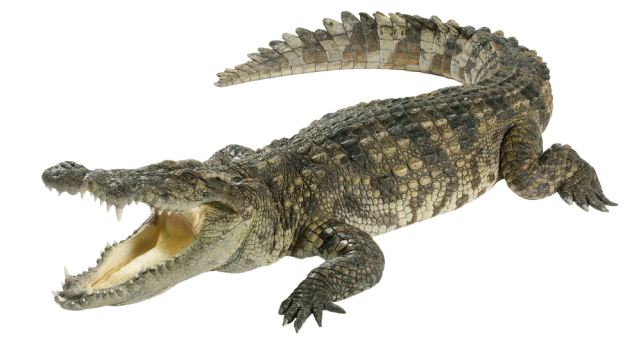Stamp: RAPT Clawless Otter (Cinderellas 1973)
RAPT Clawless Otter (Cinderellas 1973)
01 January (Cinderellas ) within release Rhodesia goes into circulation Stamp RAPT Clawless Otter face value None No Face Value
| Stamp RAPT Clawless Otter in catalogues | |
|---|---|
| Colnect codes: | Col: RH 1973-05 |
Stamp is square format.
Rhodesia Association for Prevention of TuberculosisAlso in the issue Rhodesia:
- Stamp - RAPT Clawless Otter face value None;
- Stamp - RAPT Wetland Crane face value None;
- Stamp - RAPT Orange Finned Minnow face value None;
- Stamp - RAPT Flamingos face value None;
- Stamp - RAPT Crocodile face value None;
- Stamp - RAPT Red-breasted Bream face value None;
|
Data entry completed
53%
|
|
|---|---|
| Stamp RAPT Clawless Otter in digits | |
| Country: | Cinderellas |
| Date: | 1973-01-01 |
| Perforation: | 14½ |
| Emission: | Cinderella |
| Format: | Stamp |
| Face Value: | None No Face Value |
Stamp RAPT Clawless Otter it reflects the thematic directions:
Animals are multicellular, eukaryotic organisms of the kingdom Animalia (also called Metazoa). All animals are motile, meaning they can move spontaneously and independently, at some point in their lives. Their body plan eventually becomes fixed as they develop, although some undergo a process of metamorphosis later on in their lives. All animals are heterotrophs: they must ingest other organisms or their products for sustenance.
help, especially in the form of money, given freely to people who are in need, for example because they are ill, poor, or have no home, and organizations that provide this help: She does a lot of work for charity.
Crocodiles (family Crocodylidae) or true crocodiles are large semiaquatic reptiles that live throughout the tropics in Africa, Asia, the Americas and Australia. The term crocodile is sometimes used even more loosely to include all extant members of the order Crocodilia, which includes the alligators and caimans (family Alligatoridae), the gharial and false gharial (family Gavialidae) among other extinct taxa.
Reptiles are tetrapod (four-limbed vertebrate) animals in the class Reptilia, comprising today's turtles, crocodilians, snakes, amphisbaenians, lizards, tuatara, and their extinct relatives. The study of these traditional reptile orders, historically combined with that of modern amphibians, is called herpetology. Because some reptiles are more closely related to birds than they are to other reptiles (e.g., crocodiles are more closely related to birds than they are to lizards), the traditional groups of "reptiles" listed above do not together constitute a monophyletic grouping (or clade). For this reason, many modern scientists prefer to consider the birds part of Reptilia as well, thereby making Reptilia a monophyletic class.




